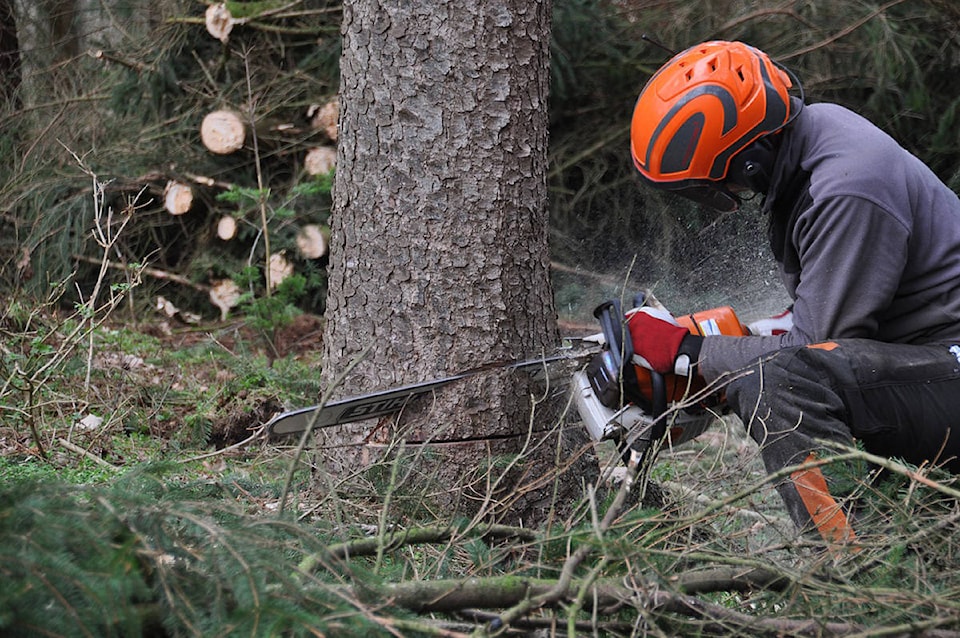The softwood lumber dispute with the United States has been going on since 1982 with at least four agreements, numerous extensions along with many appeals to the World Trade Organization(WTO) to recover penalties imposed by the Americans.
There have been numerous attempts by Canada to have lumber exports be part of NAFTA along with the other exports in the auto and dairy industry but that may be difficult because while the Canadian forest industry generates $14 billion in lumber sales to the United States annually, NAFTA generates $14 billion in sales every two weeks.
Author Tony Kryzanowski writes that we should still try for an alternate approach to give our forestry workers a more stable work environment.
So far the “Canadian strategy is to simply go along with the duties and then file complaints with both NAFTA and the WTO, with the belief that we have a winning hand, and that we have a strong chance of winning all the time. After all, a lot of that duty money ( $5 billion) was returned after the last softwood lumber trade dispute between 2006 and 2015. But what happens if we don’t win, even one time?
READ MORE: Community forests have many advantages for rural communities
This is the big gamble that Canadian negotiators and companies are taking. The question is whether taking this approach is a good and fair bet for Canadian forestry workers looking for long term employment. It’s not, and we are already seeing the consequences of a combination of a U.S. housing downturn and duties with closures and curtailments at sawmills and panel board plants from coast to coast.”
I support some of Mr. Kryzanowski’s observations and think there are a number of other reasons why the time may be right to press for an alternative approach to the one taken over the past four decades.
From a provincial perspective, one of the main reasons will be less lumber exports heading south of the border since there have been a number of mill closures due to a shortage of logs and reduced AACs throughout BC. We may be able to convince the Americans that there will be less pressure from BC lumber exports and explore other options that are fair to both sides.
For the purpose of this article I don’t want to get into the details of why the Americans feel we have been dumping our lumber into their country but one simple observation is the profits that our major licensees have generated to make significant investments in lumber companies in the USA and overseas. i.e. many of the major licensees in B.C. own as many or more mills in the USA than they do in Canada.
From a B.C. perspective we need to look for ways to channel some of the profits back into our forest industry and forest land base because a good portion of the industry profits for the past four decades have come from the first harvest of our most economic forests. That is going to change as we move toward using less profitable forest lands along with forests damaged by insects and wildfires which needs to happen if we want to get these stands back on track to bring our allowable cut back to where it was before the devastations.
READ MORE: The downside of being more efficient
Since B.C. is one of the major exporters we may need an agreement that suits our specific needs with or without NAFTA.
In future articles I will discuss in more detail what kinds of investments I think will need funding to bring thousands of hectares back on track to contribute to healthy productive forests that will ensure a better future for our citizens as well as the tenure holders relying on forest fibre in B.C.
Jim Hilton is a professional agrologist and forester who has lived and worked in the Cariboo Chilcotin for the past 40 years. Now retired, Hilton still volunteers his skills with local community forests organizations.
